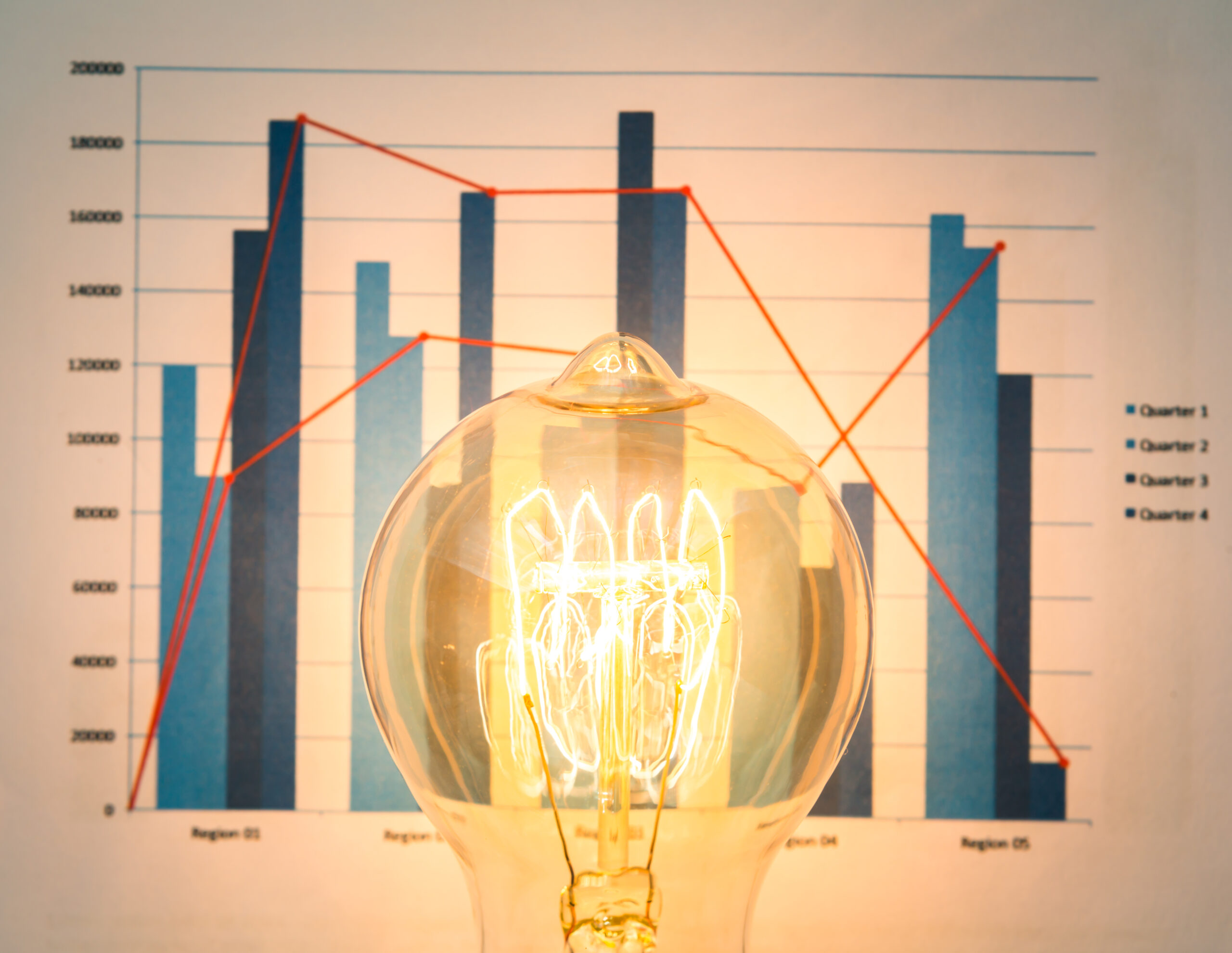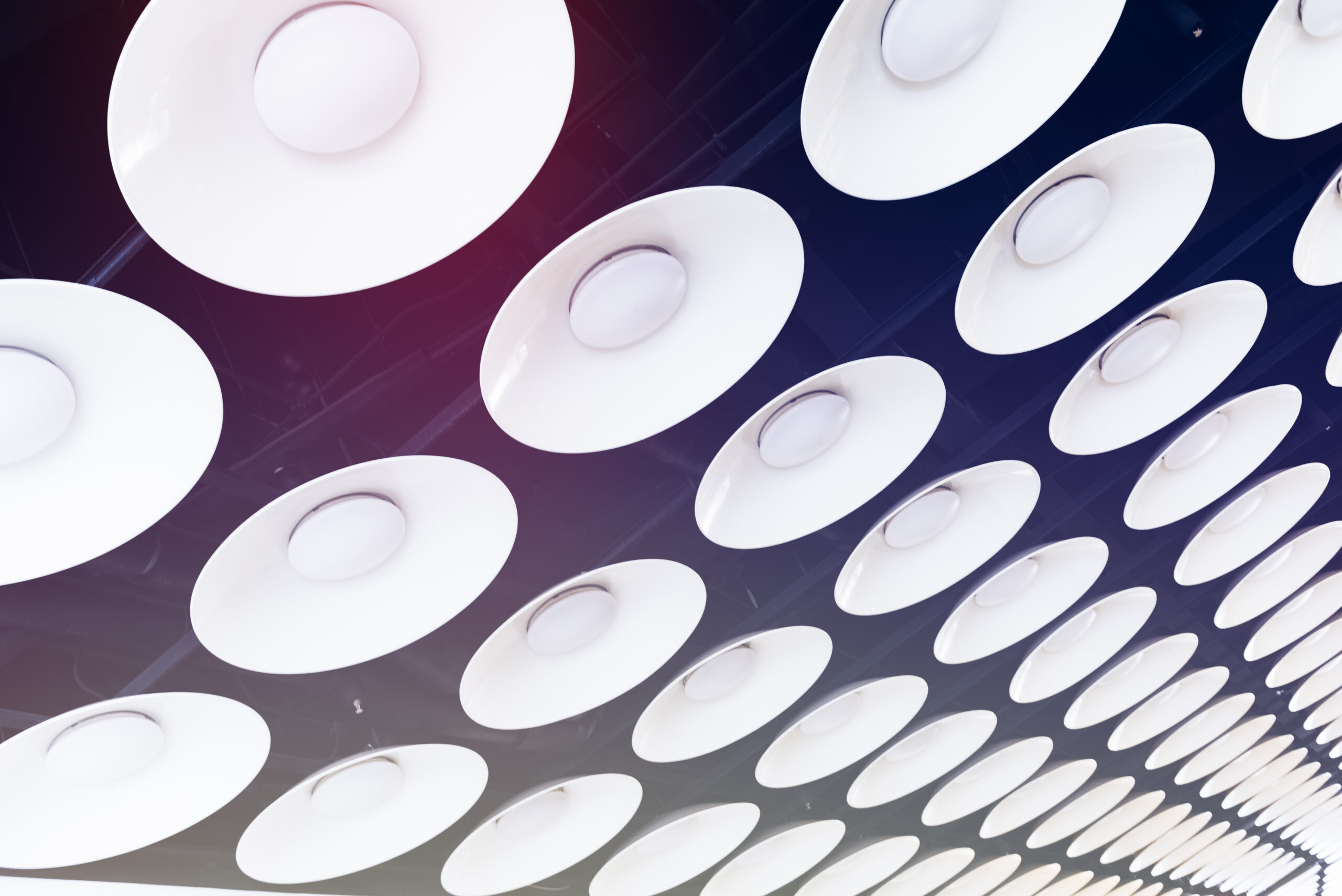
Lighting Retrofit: why now is the best time to invest
In recent years many companies have invested in energy efficiency, but one aspect is often underestimated: lighting.
Yet, in production facilities, warehouses and logistics areas, lighting can account for 25% to 50% of total electricity consumption.
If your system is not LED or is more than 8–10 years old, you are very likely paying up to 80% more than you would today.
How much can you save with a LED lighting retrofit?
A modern lighting retrofit enables three levels of savings:
| Aspect | Potential savings |
| Switching from fluorescent / traditional lamps to LED | -60% energy consumption |
| Optimization of fixture quantity and layout | -10% / -15% |
| Adding control systems (sensors + smart management) | -10% / -25% |
Total: up to 80% energy savings.
In many cases, the payback time is between 12 and 24 months.
Immediate benefits — not just economic
A lighting retrofit generates tangible advantages in:
Safety and work quality
- more uniform light distribution
- no flickering
- no shadow areas in risk zones
Productivity
Good lighting reduces eye strain and increases operational accuracy.
Corporate image and sustainability
An efficient LED system reduces CO₂ emissions and improves environmental performance.
The hidden danger behind the mindset “if it works, why replace it?”
Many companies keep old systems simply because the lights still turn on.
But that does not mean they are efficient.
If your facility still has fluorescent lamps, metal halides, sodium vapor lights, or LEDs installed more than 8–10 years ago, you are likely consuming far more energy than necessary.
The key question isn’t whether the system works, but how much it costs to keep it running today.
Every month of waiting means higher energy bills.
Conclusion
A lighting retrofit is not an expense — it is an investment that pays for itself through the savings it generates.
A modern LED system with smart controls ensures:
- immediate reduction of energy consumption, up to 80%,
- lower maintenance costs,
- better light quality and visual comfort,
- increased productivity and operational safety.
If your system is more than 8–10 years old, it’s worth considering an energy assessment. Often, the return on investment is surprisingly fast.







